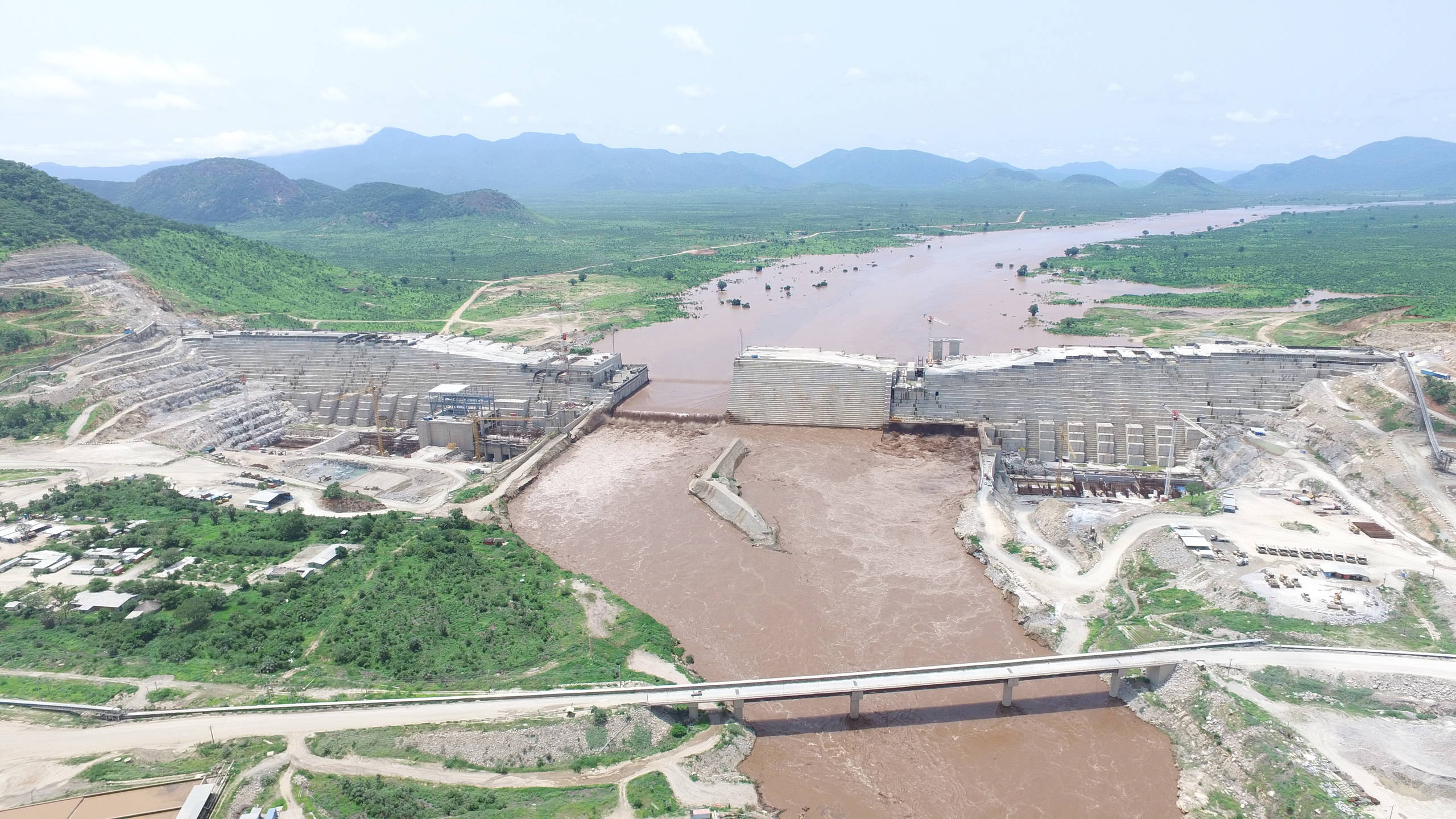State-owned utility Ethiopia Electric Power (EEP) has invited private project developers to finance, and foresee the construction of Didesa hydroelectric power project.
The project company will be evaluated and selected if they submit the least bid price and tariff charges in USD/MWh. EEP will then enter into a long-term Power Purchase Agreement (PPA) with the successful bidders for the entire capacity and electrical output of the projects.
The plant is estimated to have an installed capacity of 550MW, with annual gross energy generation capacity of 5,580GWhr, on BOT – Built Operate Transfer contract modality.
The project developers works shall be to gather additional site investigation information as required, design, construct, supply, install, test and commission, own and operate the power project.
Also Read:Ethiopia to continue with construction of largest hydro electric plant in Africa amid Egypt warning
Evaluation Procedure
Bidders who demonstrate technical experience and financial capacity in similar hydropower development must be accompanied by a bid security equal to US $3m with a complete set of bidding documents against payment receipt of non-refundable fee of US $181 by 12th June
The documents will be directed to Mr Tesfaye Tamirat, Director of EEP Procurement, Logistics and Warehouses and submitted at Ethiopian Electric Power.
Hydropower which is the main source of power in Ethiopia produces about about 88% of the electricity produced in Ethiopia It is estimated that the nation has the capacity to generate 45,000MW of power. Currently, 4,238MW of power is generated from 13 hydro, six diesel, one geothermal and three wind farms. .
According to Getu Tilahum, director of Hydropower Development, Study and Design, the bid to invite developers was to encourage local companies and save foreign currency
The government plans to build 14 hydropower projects, which will have the capacity of producing 11,100MW of power at a cost of US $20.1bn. The currently under construction Great Ethiopian Renaissance Dam (GERD) is expected to generate over 6,000MW of power alone.

